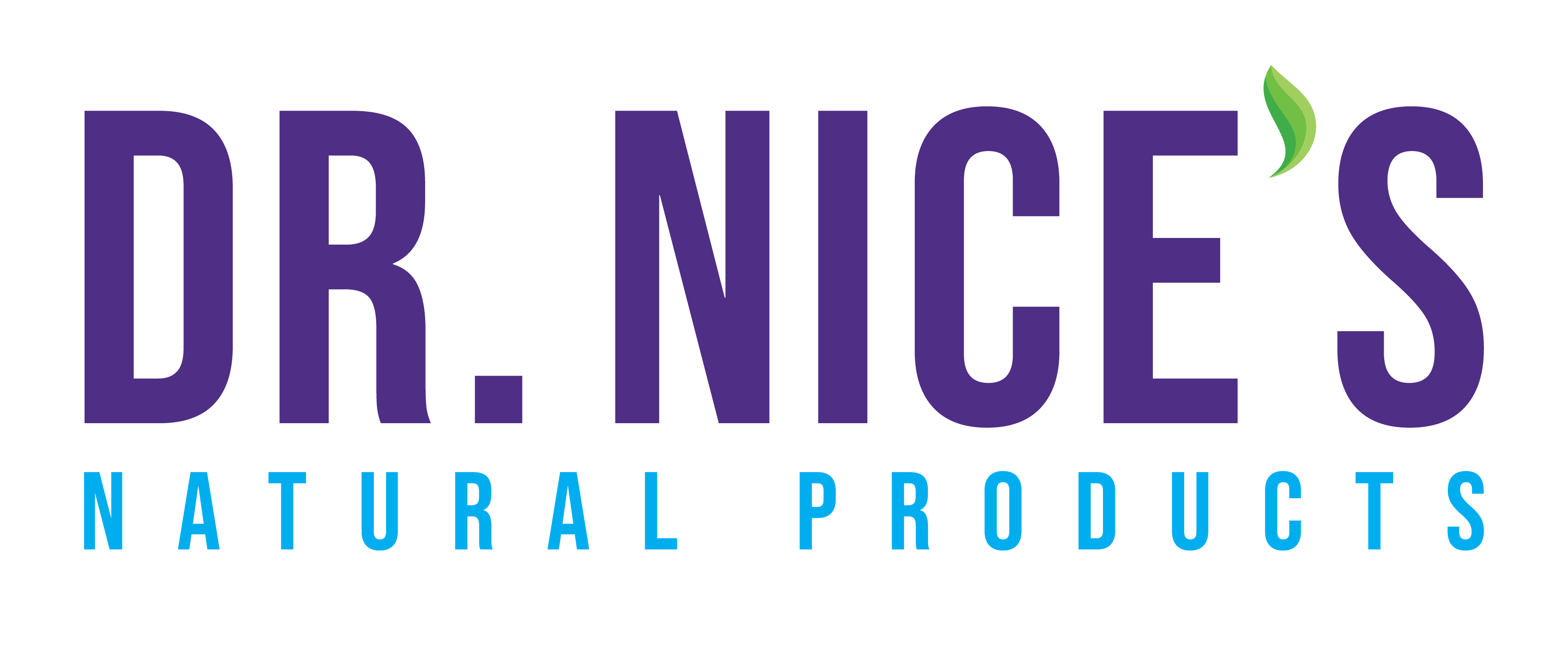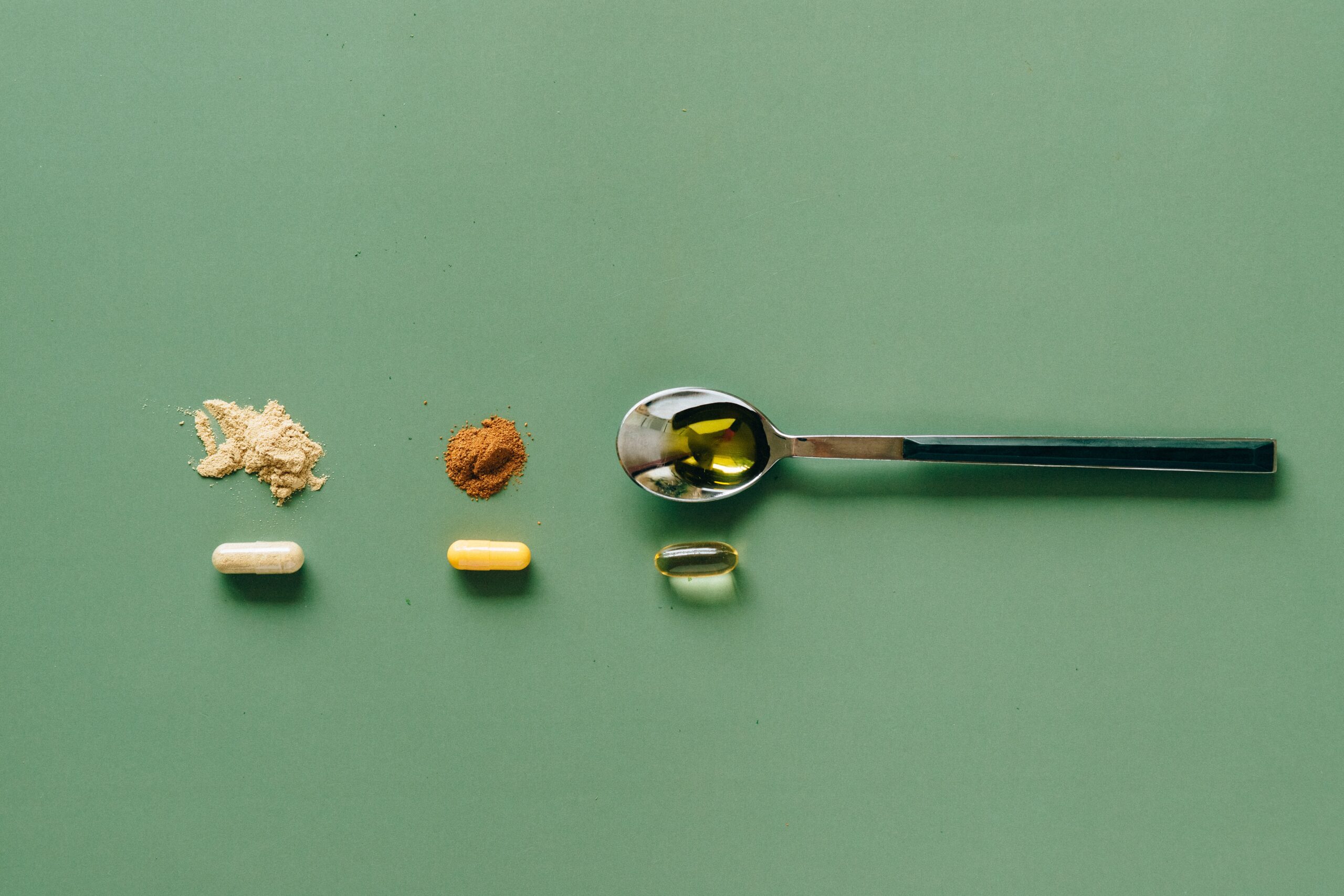Reference Materials
for Lactation Consultants
If you don’t find your question answered below, please feel free to reach out directly to Dr. Frank J. Nice at [email protected].
DISCLAIMER
The information contained in this website is advisory only and is not intended to replace sound clinical judgement or individualized patient care. Dr. Nice’s Natural Products LLC disclaims all warranties, whether expressed or implied, including any warranty as the quality, accuracy, safety, or suitability of this information for any particular purpose.
Published Papers and Handouts
Medications & Breastfeeding
Recreational Drugs & Effects on Breastfeeding
Oxytocin Nasal Spray
Domperidone
Common Herbs & Foods Used as Galactogogues
Selection & Use of Galactogogues
Mastitis Antibiotic Algorithm
1.
Penicillinase-ResistantPenicillins
First Choice: Dicloxacillin. Cloxacillin, Methicillin, Nafcillin
2.
Macrolides (Penicillin Allergies)
First Choice: Azithromycin. Clarithromycin
3.
Aminoglycosides
Clindamycin, Vancomycin (IV) if incision and drainage are necessary
4.
Sulfamethoxazole/Trimethoprim Oral
Use if incision and drainage are necessary
5.
Cephalosporins
6.
Linezolid
High rate of thromboplastinemia
7.
Kanamycin
8.
Chloramphenicol
DO NOT breastfeed if this drug is necessary
Recommendations for Safe and Effective Use of Medications While Breastfeeding

When counseling breastfeeding mothers who intend to take or are taking medications (prescription, over-the-counter, herbal, complementary), the following questions should be considered and asked. The provided answers are necessary to properly counsel mothers on the safe and effective use of medications while breastfeeding.
A stepwise approach based upon these answers can then be used to minimize infant drug exposure while breastfeeding. The steps evolve from not taking a medication to discontinuing breastfeeding. Steps can be skipped or combined as appropriate.
Following this approach, as outlined below, almost always allows the nursing infant to continue to breastfeed safely.
If what I’ve outlined doesn’t answer your questions, please feel free to reach out via email: [email protected].
Frank J. Nice, RPh, DPA, CPHP
Stepwise Approach to Minimizing Infant Drug Exposure
Withhold the Drug: Avoid use of non-essential medications by enlisting the mother’s cooperation.
Stepwise Approach to Minimizing Infant Drug Exposure, Nice FJ, Luo AC: Medications and Breastfeeding: Current Concepts. Journal of the American Pharmacists Association, 52: 86-94 (January/February) 2012
Questions to Ask
I. Medication Usage: Questions for Mom
This is the basic information needed to evaluate any situation involving drug use.
The mother may be seeking information on whether to continue breastfeeding, if and when she takes the drug. She may be questioning whether she is acting ‘correctly’ by taking the drug and continuing to nurse her baby. Also, she may have concerns about possible adverse effects to her infant.
Knowing the answer to this question can help the mother determine the ability of the baby’s body to manage the amount of medication he or she could receive via breastmilk. The more the baby weighs, the more drug a breastfeeding baby can safely handle.
The drug prescribed for the mother may interact with any medication the baby is taking. This is important information for the lactation consultant, pharmacist, and provider to determine the best recommendation for the situation.
A provider’s philosophy and education about breastfeeding as well as knowledge of drug effects on breastfeeding, can play a large role in the provider’s opinion as to whether the mother should continue to breastfeed. The mother should have a discussion with the provider about recommendations. If the recommendations do not feel right with the parents, they could seek a second opinion.
If a drug must be taken and breastfeeding continued, it may be possible to schedule the doses so that the peak plasma and milk levels of the drug do not coincide with breastfeeding or milk expression sessions. In most cases, it is best for the mother to breastfeed or pump just before taking a dose of a drug and/or at least two hours after taking a dose. Short-acting drugs taken on an every three to six hour schedule usually reach peak plasma and milk levels in approximately one hour.
In some cases, breastfeeding can be stopped temporarily while a drug is administered. In these situations, milk expression must continue to prevent engorgement and to maintain the milk supply. Lactation Consultants or volunteer La Leche League Leaders can provide you with more information.
Experienced breastfeeding mothers may be more knowledgable and determined to continue when informed they need to combine a drug with breastfeeding. If this is your first baby, find a supportive pharmacist or lactation consultant to review your options.
II. Medication Usage: Questions About Baby
Knowing this gives an indication of the infant’s ability to handle a particular drug. Also, it aids determining the infant’s feeding schedule which may influence dosage scheduling.
The answer to this question supplies added information that helps determine the infant’s ability to detoxify drugs.
This fact may be relevant to the quantity of the drug the baby may be able to tolerate without any adverse effects.
Any medication that the infant is receiving can interact with medication the infant receives through breastmilk.
If the baby is receiving any formula, it lessens the amount of breastmilk the baby receives. Therefore, the impact of a medication in breastmilk will be different.
Nice News for Nursing Moms
Dr. Frank J. Nice blogs about topics related to breastfeeding and lactation pharmacology, answers questions and offers trusted advice to both Lactation Consultants & Nursing Moms.
Questions? We’d love to hear from you.
If you have breastfeeding or lactation questions for Dr. Nice or you’re interested in scheduling a consultation or lecture, please reach out via email.
Proudly Made in the USA in San Diego, California
Let’s Get Social!



